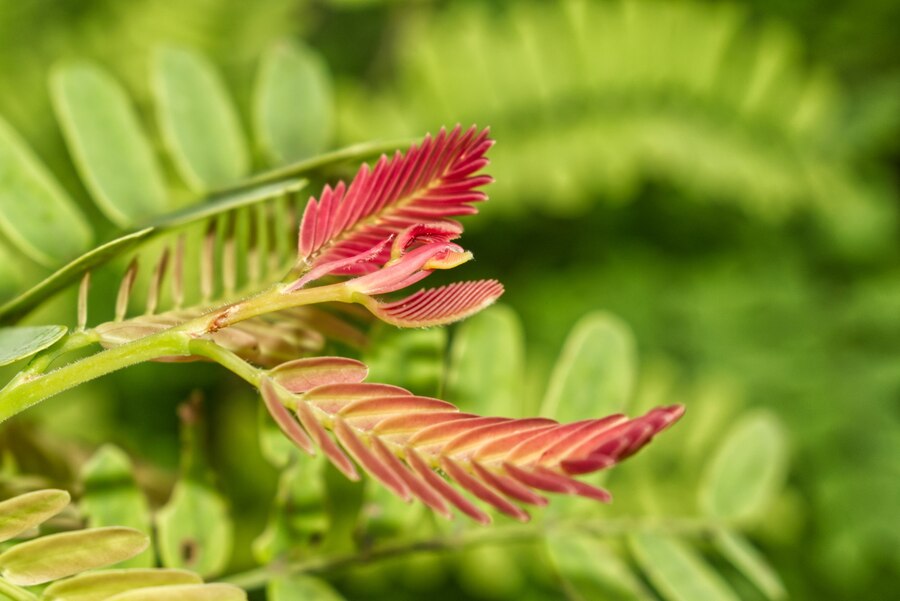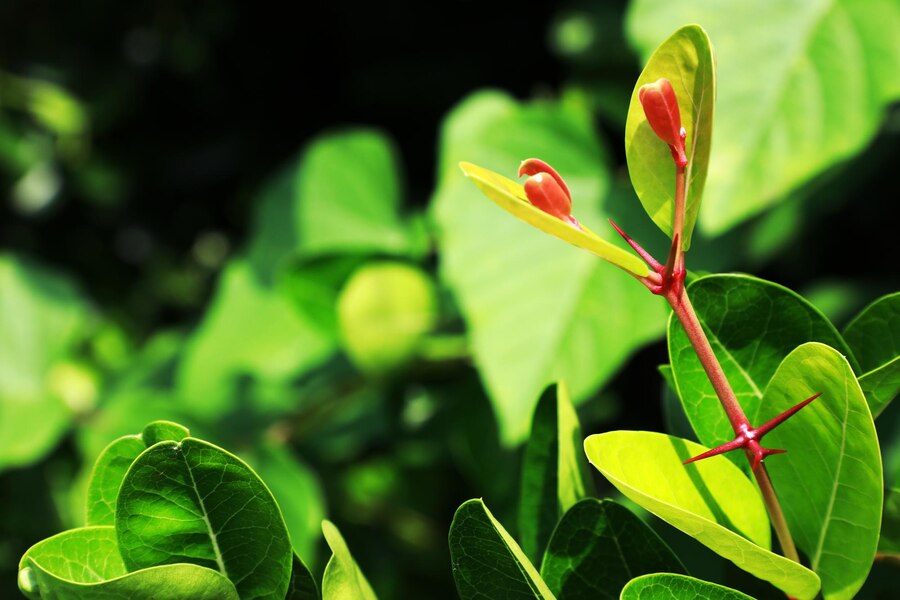Green plants are all around us—gracing our homes, lining the streets, and forming vast forests that cover our planet. But these humble organisms are more than just part of our landscape; they are a vital part of Earth’s ecosystems. Green plants not only produce oxygen, which we need to breathe, but also form the foundation of food chains and support countless other species. Let’s explore the incredible roles that green plants play in our lives and the environment.
What Defines a Green Plant?
Green plants are primarily defined by their green color, which comes from a pigment called chlorophyll. Chlorophyll enables plants to carry out photosynthesis, the process of converting sunlight into energy. This unique ability to transform sunlight into food distinguishes plants from other living organisms and supports a vast array of life on Earth.
Photosynthesis: The Powerhouse of Life
Photosynthesis is one of nature’s most remarkable processes. Through photosynthesis, plants absorb sunlight, water, and carbon dioxide, converting them into glucose, a form of sugar that plants use for energy. Oxygen is released as a byproduct, which is essential for almost all life on Earth. This process not only allows plants to grow and thrive but also provides the oxygen we breathe and removes carbon dioxide from the atmosphere, helping regulate the Earth’s climate.
Types of Green Plants
Green plants come in many forms, from tiny mosses to towering trees. Here are some of the major types of green plants:
Algae: Simple, often single-celled plants found in water. Algae contribute to oxygen production and are the foundation of aquatic food chains.
Mosses: Small, soft plants found in damp environments. Mosses play a role in preventing soil erosion and supporting unique ecosystems.
Ferns: Non-flowering plants that reproduce through spores. Ferns are popular in both natural and cultivated landscapes.
Grasses: Includes grains like wheat, rice, and corn. Grasses are vital for food production and form grasslands that support diverse wildlife.
Flowering Plants: The most diverse group, ranging from small flowers to large trees. They produce seeds and often rely on pollinators like bees and birds.
The Importance of Chlorophyll
Chlorophyll, the green pigment found in plant cells, is crucial for photosynthesis. This pigment captures sunlight and initiates the chemical reactions that produce glucose. Chlorophyll’s ability to absorb light energy is what gives green plants their color and allows them to sustain life on Earth. Without chlorophyll, plants would be unable to harness sunlight, making life as we know it impossible.
Green Plants as Oxygen Producers
One of the most important contributions of green plants is oxygen production. Through photosynthesis, plants release oxygen as a byproduct, replenishing the oxygen in our atmosphere. This process has been happening for millions of years, shaping Earth’s atmosphere and allowing diverse life forms to evolve. Without green plants, oxygen levels would quickly deplete, making it difficult for humans and animals to survive.
The Role of Green Plants in the Food Chain
Green plants are at the base of almost every food chain. They produce their own food through photosynthesis, creating a source of energy for herbivores, which in turn become food for carnivores. This foundation of plant-based energy supports the survival of countless organisms, from the smallest insects to the largest animals on the planet.
Green Plants and Climate Regulation
Plants play a significant role in stabilizing Earth’s climate. By absorbing carbon dioxide during photosynthesis, plants help reduce greenhouse gases in the atmosphere, combating global warming. Forests, in particular, act as carbon sinks, absorbing more carbon dioxide than they release. Protecting green plants and forests is essential for mitigating climate change and maintaining a stable environment.
Medicinal Benefits of Green Plants
Green plants have been used for medicinal purposes for centuries. Many modern medicines are derived from plant compounds, which have therapeutic properties. For example, the willow tree gave rise to aspirin, and the periwinkle plant has compounds used in cancer treatment. Plants like aloe vera and peppermint are also popular in natural remedies, demonstrating the health benefits green plants offer.
Green Plants in Agriculture
Agriculture relies heavily on green plants for food production. Crops like wheat, corn, and rice are staples that feed billions of people around the world. In addition to food, plants provide fibers for clothing, materials for construction, and oils for cooking and industrial use. Sustainable agriculture practices help ensure that green plants can continue to support human populations in a balanced way.
Ornamental and Indoor Green Plants
Green plants are not only functional but also beautiful. Ornamental plants, such as flowers and shrubs, are widely used in landscaping and garden design. Indoor plants are also popular for their ability to purify air, enhance decor, and create a calming atmosphere. Plants like spider plants, peace lilies, and succulents are especially popular as houseplants due to their air-purifying qualities and low maintenance.
Green Plants and Pollination
Pollination is the process by which plants reproduce and create seeds. Flowering plants rely on pollinators like bees, butterflies, and birds to transfer pollen, leading to seed production. Without pollinators, many plants would struggle to reproduce, and food production would decline significantly. Protecting pollinators and maintaining diverse plant species are essential for healthy ecosystems.
Threats to Green Plants
Despite their importance, green plants face numerous threats. Deforestation, climate change, pollution, and invasive species pose serious risks to plant diversity. These threats can lead to habitat loss, reduced biodiversity, and disrupted ecosystems. Conservation efforts are vital to protect green plants and ensure they can continue to play their crucial roles in the environment.
The Benefits of Planting Green Spaces
Planting green spaces, such as urban parks, community gardens, and green rooftops, brings many benefits. These spaces not only beautify urban areas but also improve air quality, reduce heat, and provide habitats for wildlife. Green spaces encourage people to spend time outdoors, promoting mental well-being and a closer connection with nature.
How to Care for Green Plants

Caring for green plants at home is rewarding and can enhance your living space. Here are some simple tips:
Light: Most plants need sunlight, so place them in a well-lit area.
Water: Regular watering is essential, but avoid overwatering. Check soil moisture first.
Soil: Use good-quality potting soil to provide nutrients.
Humidity: Some plants thrive in humid conditions, so mist them or place them near water sources if needed.
Pruning: Trim dead leaves to promote healthy growth.
Conclusion
Green plants are fundamental to life on Earth, providing oxygen, food, medicine, and beauty. Their ability to convert sunlight into energy sustains entire ecosystems and benefits humanity in countless ways. By protecting and caring for green plants, we not only preserve our environment but also enhance our quality of life. Whether you’re growing plants in your home or supporting conservation efforts, every small act helps sustain the vital role of green plants on our planet.
FAQs
Why are green plants important for the environment?
Green plants produce oxygen, reduce carbon dioxide, and support ecosystems, making them essential for environmental balance.
How do green plants produce oxygen?
Through photosynthesis, green plants release oxygen as a byproduct while converting sunlight into energy.
What is the role of green plants in the food chain?
Green plants are primary producers, forming the base of the food chain and providing energy for herbivores and other animals.
Can green plants improve indoor air quality?
Yes, certain indoor plants can remove toxins from the air, enhancing indoor air quality.
How do green plants help fight climate change?
By absorbing carbon dioxide during photosynthesis, green plants help reduce greenhouse gases and mitigate climate change.
